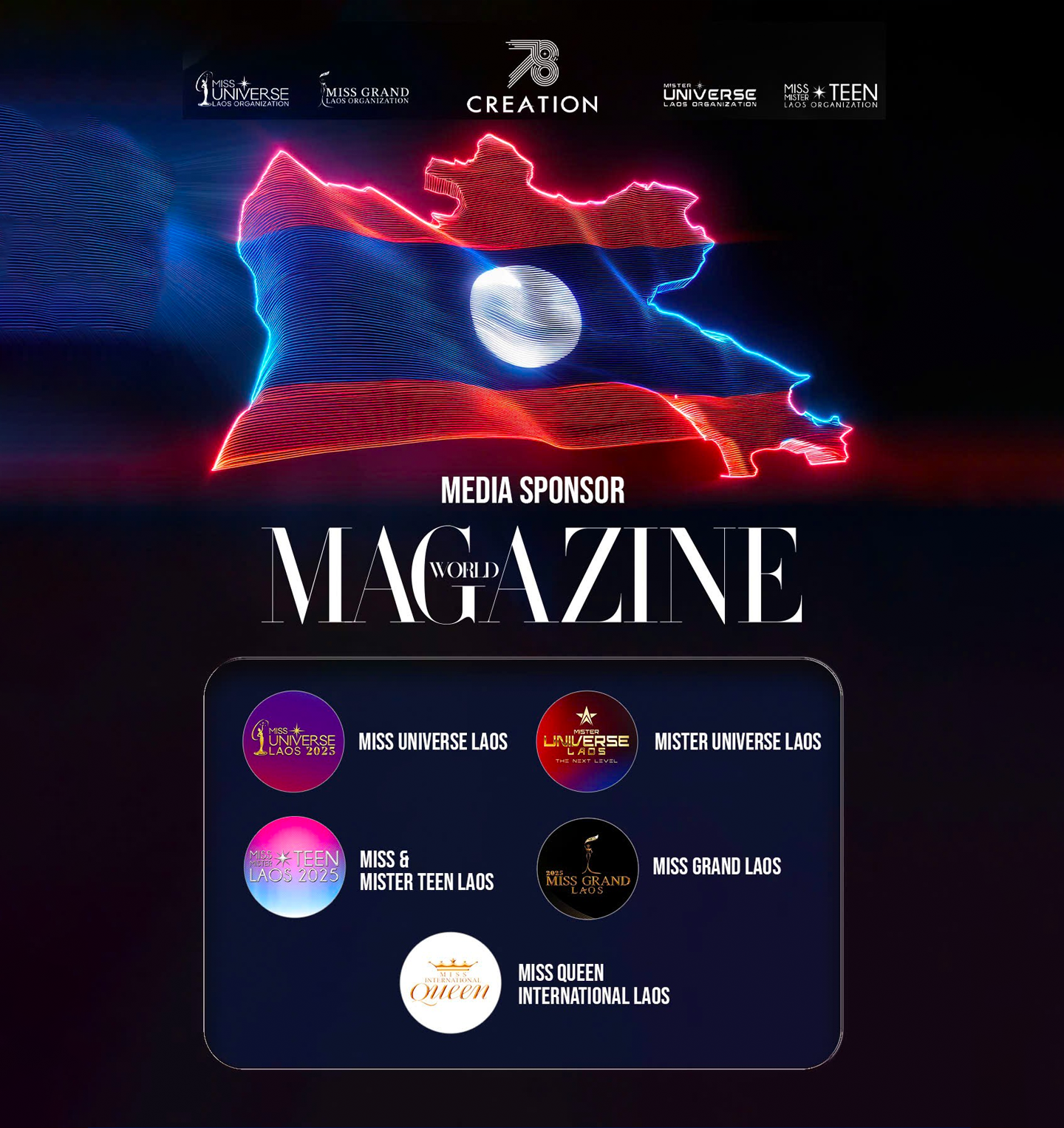For anyone living a hands-on life, the nearly indestructible appeal of a gel manicure is undeniable. Gel polish, cured under an LED light, offers unparalleled longevity and a flawless finish that can withstand anything from typing all day to deep-cleaning without a smudge or chip. However, this siren song comes with a downside: the removal process can significantly weaken the natural nail, often leaving tips soft, split, and overly malleable. This constant cycle—seeking the durability of gel, only to have nail health compromised upon removal—is an all too common beauty dilemma. Experts stress that the damage is rarely caused by the polish itself, but rather by incorrect preparation and removal techniques. By incorporating intentional nail recovery periods and using resilience-boosting products between appointments, it is entirely possible to maintain nail strength while still enjoying the benefits of a crisp, long-lasting gel look.
The Irresistible Appeal and Its Hidden Cost
The primary benefit of a gel manicure lies in its durability and resilience. Traditional nail lacquer, no matter how carefully applied, is prone to smudging and chipping within days, making it impractical for those with active, hands-on lifestyles. Gel polish, by contrast, is known for remaining “as crisp as the day I got it done” for weeks on end, which is a major draw for both minimalists and those who prefer intricate, long-lasting nail art.

However, the very process that creates this iron-clad durability—the curing under LED light and the eventual removal—is what often compromises the natural nail. The resulting damage is frequently misattributed to the gel product itself. Board-certified dermatologist and brand advocate Sheila Farhang clarifies that the underlying issue is typically improper removal, such as overly aggressive filing with a professional drill or the use of too-harsh acetone formulas. These techniques strip the natural nail of its protective layers, leaving it feeling soft, delicate, and highly susceptible to breakage and splitting.
The Critical Role of Proper Removal
The health of the nail rests heavily on the removal process, which must be approached with caution and care to prevent damage. Ripping, peeling, or forcing the gel off the nail plate is the most detrimental habit and should be avoided at all costs, as this physically pulls away layers of the natural nail along with the polish. Even at a salon, the use of a professional drill can be overly aggressive if the technician is not precise, shaving down too much of the natural nail bed.

The safest, gentlest method involves properly soaking the gel polish. This requires patience and a good quality acetone solution, though gentler, non-LED cured systems are emerging for at-home use. The key takeaway from experts is that while the product itself may fortify a weak nail temporarily, a monthly break from the process is often recommended. This gap allows the nail bed to recover from the stress of the procedure and regain its natural moisture and strength.
The Recovery Protocol: Strengthening Between Appointments
Maintaining nail health is a marathon, not a sprint, and requires an intentional recovery protocol between gel manicures. The time spent “going au naturel” or wearing only regular polish should be treated as a recovery phase focused on rebuilding resilience. This strategy ensures that when the time comes for the next gel application, the nails are fortified and less susceptible to the trauma of the removal process.

To actively build strength, experts recommend incorporating nail strengtheners and fortifying treatments into the routine. Products like Sally Hansen’s Complete Care 7-in-1 Nail Treatment, Essie’s Hard to Resist, or OPI’s Nail Envy are designed to deliver targeted ingredients that increase the nail’s resilience and reduce malleability. Consistency is key during this break period. By being more intentional about this nail recovery schedule, the delicate balance between enjoying the benefits of long-lasting manicures and preserving natural nail health can be successfully achieved.
Seeking Gentler Alternatives for Longevity
For those whose nails are particularly weak or susceptible to damage, the market now offers a variety of alternatives that attempt to bridge the gap between traditional lacquer and full-strength gel. These products deliver an enhanced level of longevity without the need for aggressive acetone soaking or LED curing.

Some brands offer long-wear polish systems that mimic the gel finish and durability without requiring a light. These two-step formulas typically involve a color coat and a specialized top coat—such as those found in the Essie Gel Couture or CND Vinylux systems—that cure naturally under ambient light to provide a glossier, more chip-resistant finish than standard polish. Furthermore, some brands offer gentler at-home systems that utilize different curing technologies. These options allow enthusiasts to satisfy their craving for a long-lasting, glossy manicure while mitigating the harsh effects often associated with the rigorous removal process of professional-grade gel.




